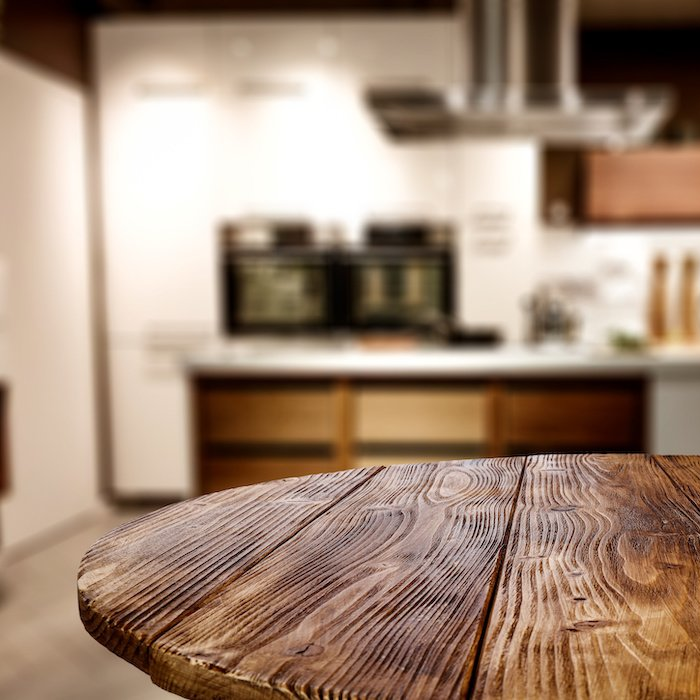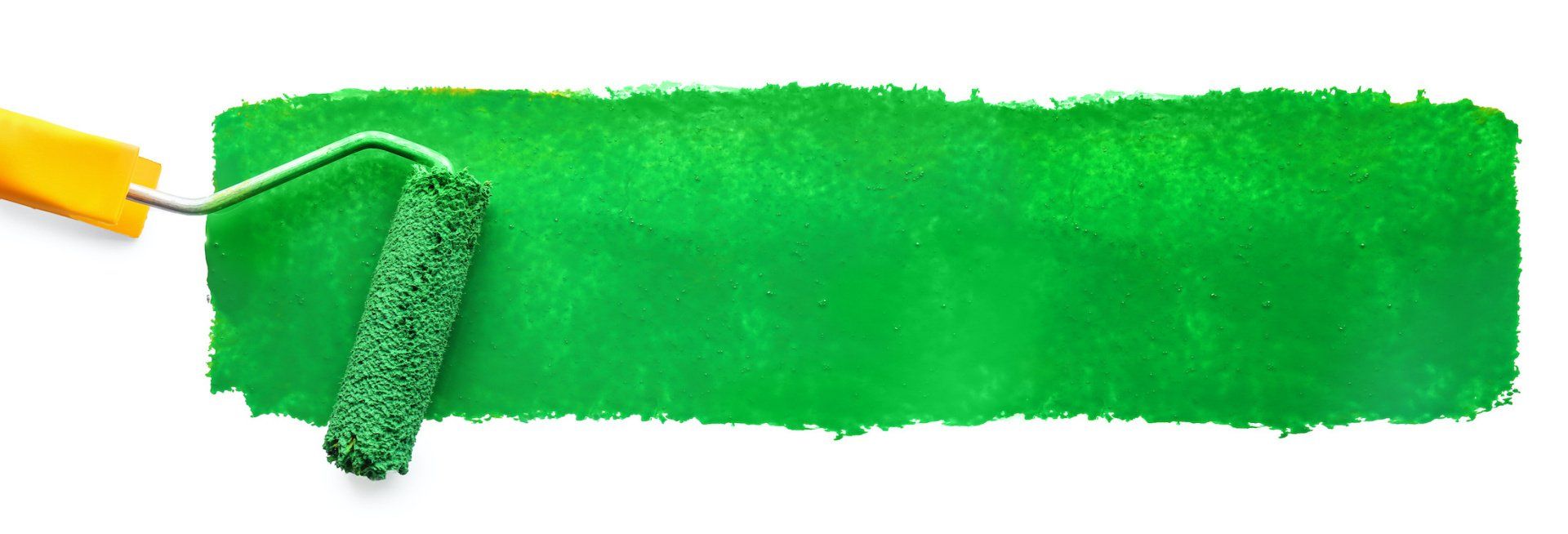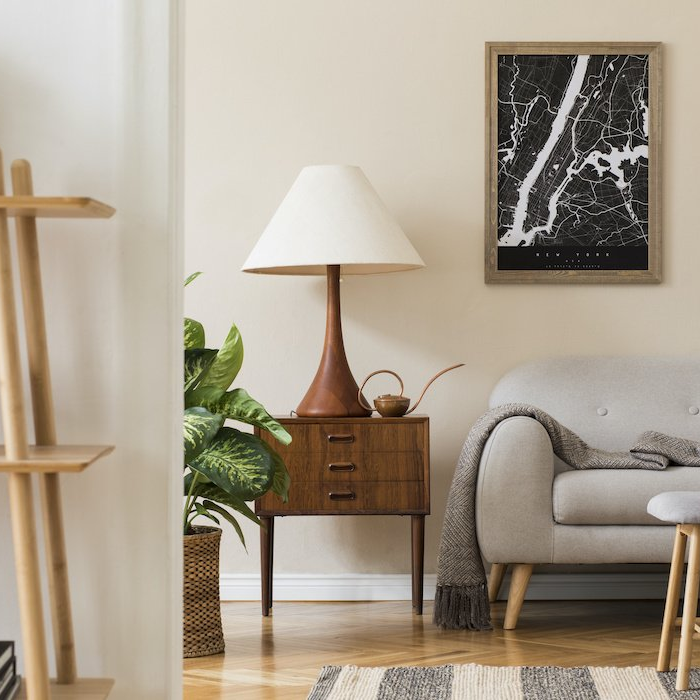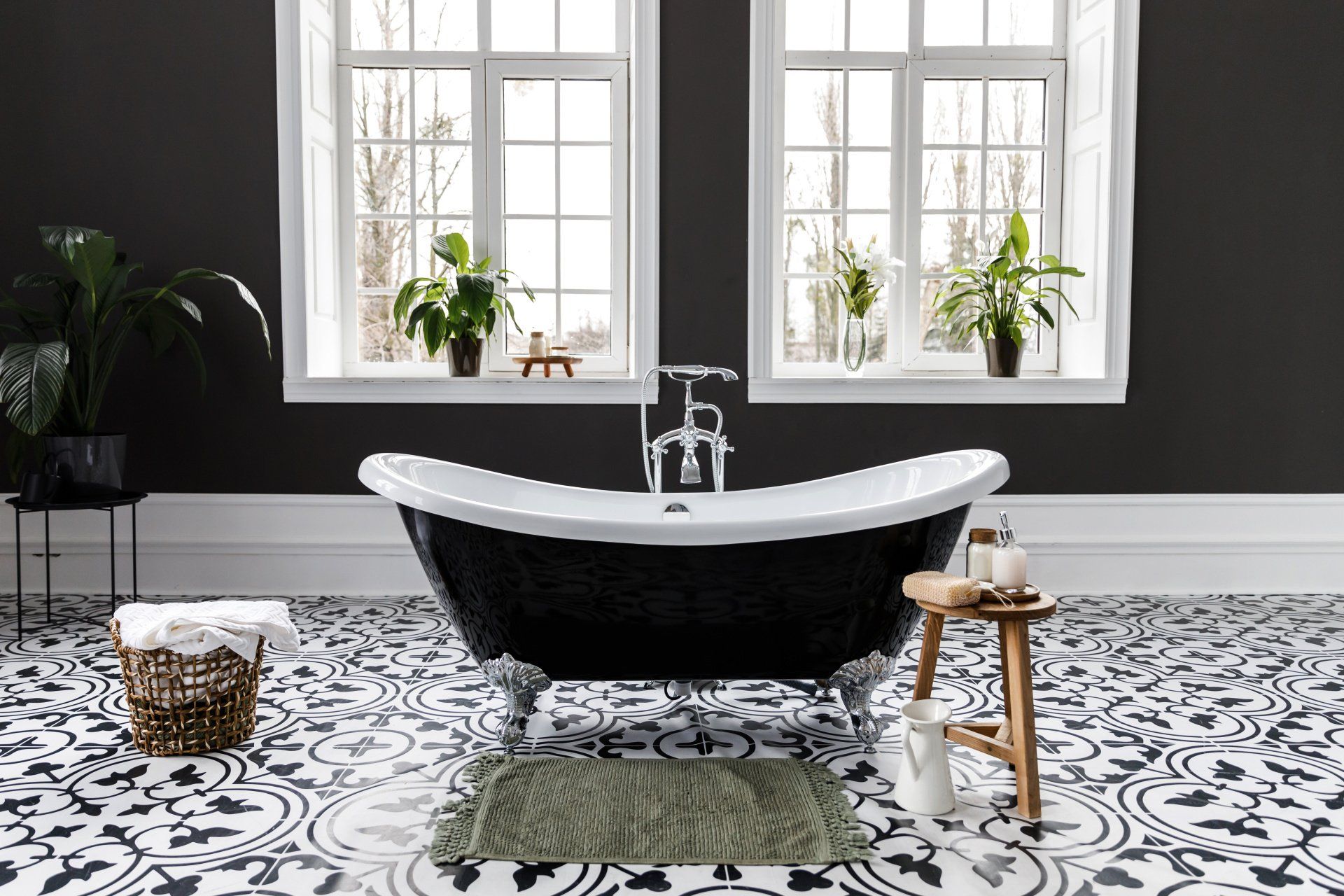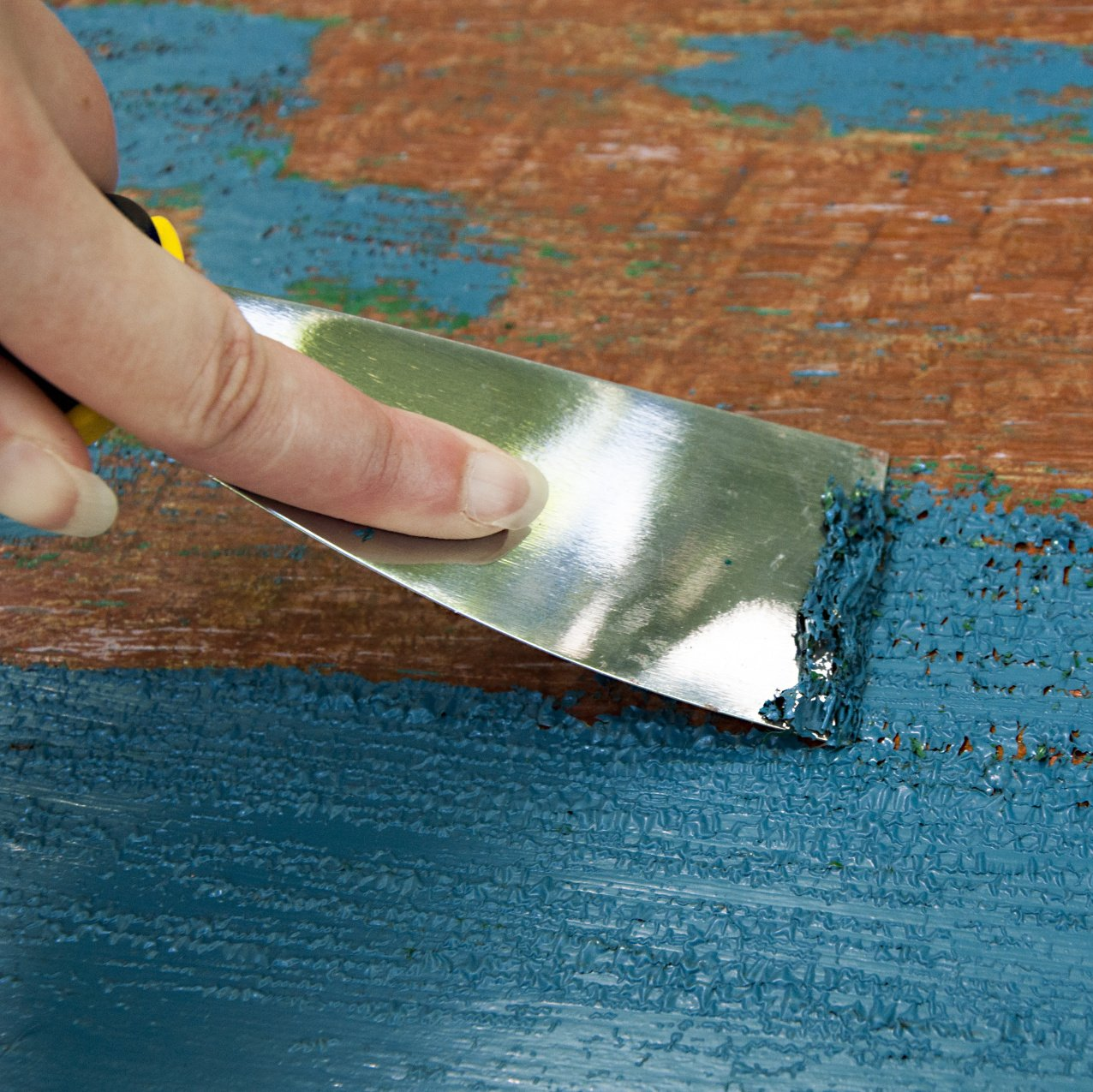How To Choose a Cohesive Color Palette for Your Home
Sam Lutz • November 1, 2016
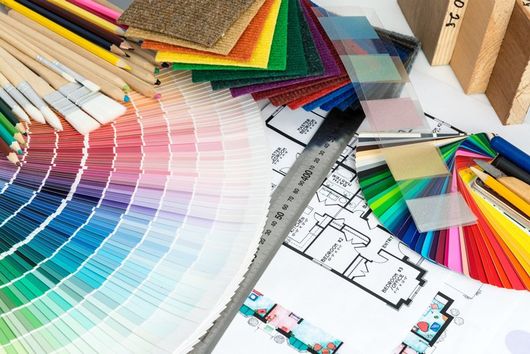
One of the best ways to unify your home's interior design is to choose a cohesive color palette for the interior. Choosing a color theme will give you direction when choosing new furniture and decor. In addition, using matching colors in the home will help ensure that your house looks its best at all times. For some people, choosing a color scheme can be a challenge. At Ace Paint and Unfinished Furniture, we help our customers choose matching color schemes that match their personalities and line up with the goals they have for their home.
- Consider the type of environment you want to create in your home. Different colors inspire different moods in people. Warm colors (reds, oranges and yellows) tend to create a feeling of excitement, energy and passion. Cool colors (purples, greens and blues) tend to be soothing and relaxing. The type of color you choose for your room will greatly influence your attitude and mood when inside the home.
- Choose the dominant color first. The dominant color is the main color found in the home. The dominant color will be paired up with one or two accent colors and several neutrals to create a fluid, cohesive design. Choosing a dominant color for your entire home may be an overwhelming task. If you're feeling a little bit lost and don't know where to begin, narrow your task by choosing a color for the largest, most public room of your home. This may be your kitchen or living room. Choosing a color for one large room is often easier than choosing a color for your entire home, and whatever you choose for that large room can be the basis for the dominant color you choose for your entire home.
- Select accent colors next. Once you've picked a dominant color, then you can select an accent color (or colors). Accents are usually colors that have a relationship to the dominant color on the color wheel. For example, you may choose an accent color that is the compliment of the dominant color, meaning that it is found on the opposite side of the color wheel. Complimentary color pairs include green and red, blue and orange, and purple and yellow. Accent colors are intended to set off the dominant color by creating contrast. Usually accent colors are found in small pieces around the home, like in pillows and curtains.
- Fill in the spaces with neutrals. Once you've picked a dominant color and one or two accent colors, you'll need to choose some neutral shades to fill the space. Neutrals are important because they help break up the dominant color. Neutrals include colors like brown, beige, white, cream, gray and black. You'll want to have at least two or three neutral shades that you can combine with your dominant and accent colors to make the space less intense and more digestible.
When choosing paints and shades for your home's color palette, give yourself options by choosing colors that span a range of hues and values. Including dark colors and light colors in your palette will give you flexibility to meet the needs of each room. If you're looking for an example of a successful whole-home color palette, check out this beautiful example.

Stop In at Ace Paint and Unfinished Furniture
At Ace Paint and Unfinished Furniture, we help our customers pick the right colors for their needs. We also sell high quality paint supplies and unfinished furniture for everyone! If you're currently trying to choose a color or a color scheme that works for you, we'll be happy to help. To find out more, contact us today.
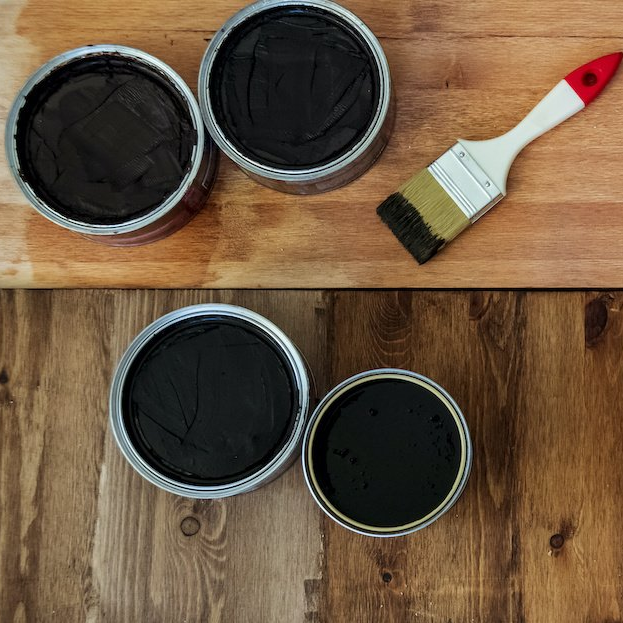
One of the wonderful things about good wood furniture is that it doesn’t have to be merely functional. It can be beautiful as well. We’ve seen some amazing pieces made with wood stains that are more than just furniture, they’re works of art. So if you’ve got an old table, desk or other piece of wood furniture that needs jazzed up, why don’t you consider using some of our great stains to try one of these ideas.

